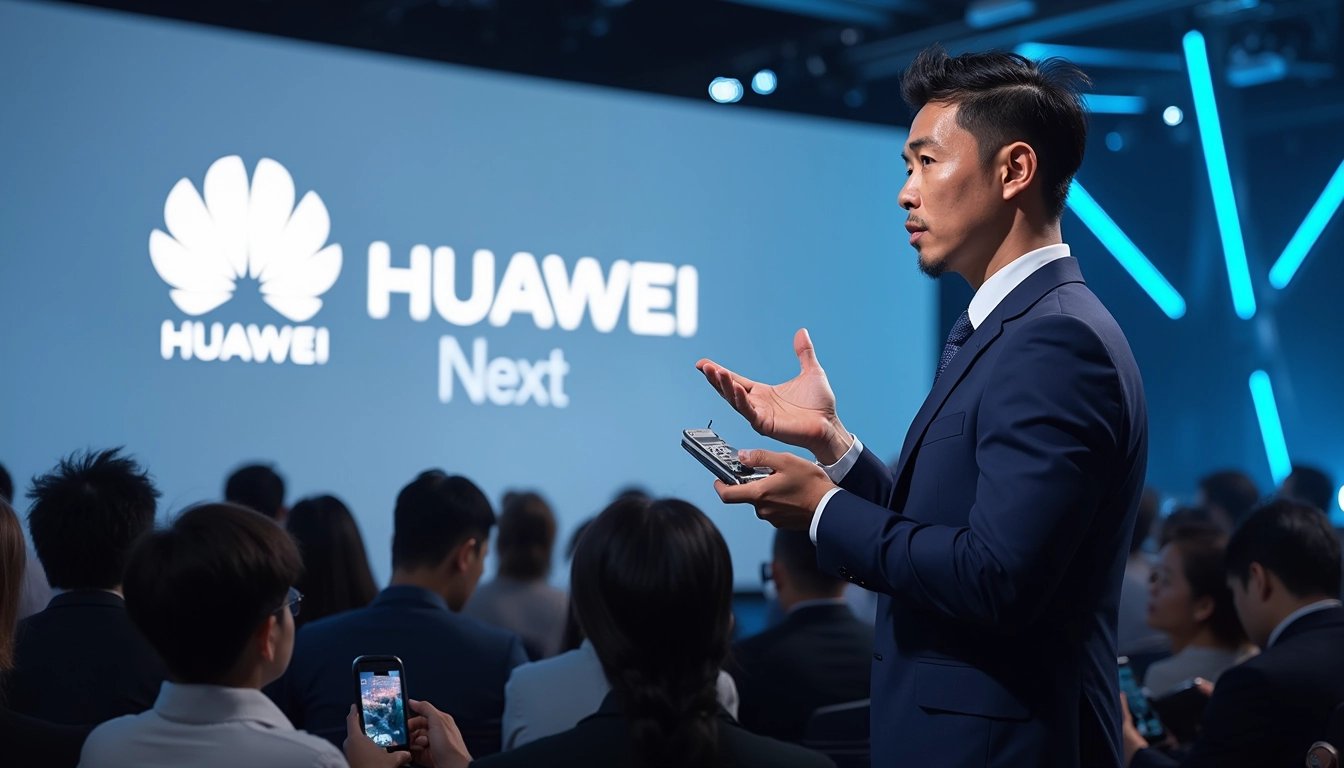
Huawei’s Bold Move: HarmonyOS Next to Replace Android by 2025
Huawei is making waves in the tech industry with its bold decision to move away from Google’s Android operating system. The Chinese tech giant plans to launch all new devices with its proprietary HarmonyOS Next as the default operating system starting in 2025, marking a significant shift in its technological strategy.
Key takeaways:
- HarmonyOS Next will be completely free of Google’s open-source Android code
- Huawei aims to achieve technological independence in response to US sanctions
- The Mate 70 series and Mate X6 will be the first devices compatible with HarmonyOS Next
- Huawei targets 100,000 HarmonyOS Next apps by the end of 2025
- The company has seen significant sales growth in China despite US restrictions
Table of Contents
Huawei’s Bold Move: Embracing HarmonyOS Next
In a significant shift away from Google’s Android, Huawei is set to launch all new devices with HarmonyOS Next as the default operating system from 2025. This move is part of Huawei’s push for technological independence, driven by the ongoing US sanctions that have limited its access to American technology.
The transition from the original HarmonyOS, which was partially based on Android, to a fully independent system marks a crucial step in Huawei’s journey towards self-reliance. This bold strategy demonstrates the company’s commitment to developing its own ecosystem and reducing dependence on foreign technologies.
Mate 70 Series: Pioneers of the New Era
Huawei’s upcoming Mate 70 series and the foldable Mate X6 will be the first devices compatible with HarmonyOS Next. These devices are set to debut in China on December 4, 2023, initially shipping with Harmony OS 4.3. Users can expect updates to HarmonyOS Next later, positioning these devices as the vanguard of Huawei’s new technological era.
The Mate 70 lineup, including the Mate 70, Mate 70 Pro, and Mate 70 Pro+, represents Huawei’s latest flagship offerings. These devices will showcase the capabilities of Huawei’s in-house developed technology, setting the stage for a future free from reliance on Google’s Android ecosystem.

Building a New App Ecosystem
One of the biggest challenges for Huawei in this transition is building a robust app ecosystem for HarmonyOS Next. The company has set an ambitious goal of having 100,000 HarmonyOS Next apps available by the end of 2025. Currently, there are over 15,000 apps in the ecosystem, showing promising growth.
To achieve this target, Huawei is working closely with developers to expand its app offerings. The company is placing a strong emphasis on high-quality apps to ensure user adoption and satisfaction. This focus on app development is crucial for the success of HarmonyOS Next, as a diverse and comprehensive app ecosystem is essential for any mobile platform to thrive.
For developers looking to create apps for various platforms, including HarmonyOS, I recommend checking out Make.com. This powerful automation platform can streamline your app development process and help you create efficient workflows across different operating systems.
Market Impact and Global Strategy
While Huawei’s plans for a global launch of HarmonyOS Next remain uncertain, the company is focused on preparing a robust app ecosystem that can cater to global consumers. This strategic approach allows Huawei to refine its offering in the Chinese market before potentially expanding internationally.
Despite the challenges posed by US sanctions, Huawei has seen significant sales growth in China. The company has reported four consecutive quarters of double-digit growth, highlighting the strong demand for its products in its home market.
Huawei’s Journey to Technological Independence
Huawei’s strategy for technological independence was initiated in 2012 and has been accelerated by US sanctions in recent years. The company has made significant strides in developing indigenous technology, including the use of fully Chinese-made processors in its devices.
This push for self-reliance extends beyond just the operating system. Huawei is working on developing its own software and hardware solutions across various domains, aiming to create a comprehensive ecosystem that can compete with established players in the global market.
As Huawei continues its journey towards technological independence, the success of HarmonyOS Next will be a crucial factor in determining the company’s future in the global smartphone market. With its ambitious plans and growing ecosystem, Huawei is positioning itself as a formidable player in the tech industry, ready to challenge the dominance of Android and iOS.
Sources:
Android Authority
Huawei Aims to Reach 100,000 HarmonyOS Next Apps in 2025
Bloomberg
NewsBytes
NBC Los Angeles


